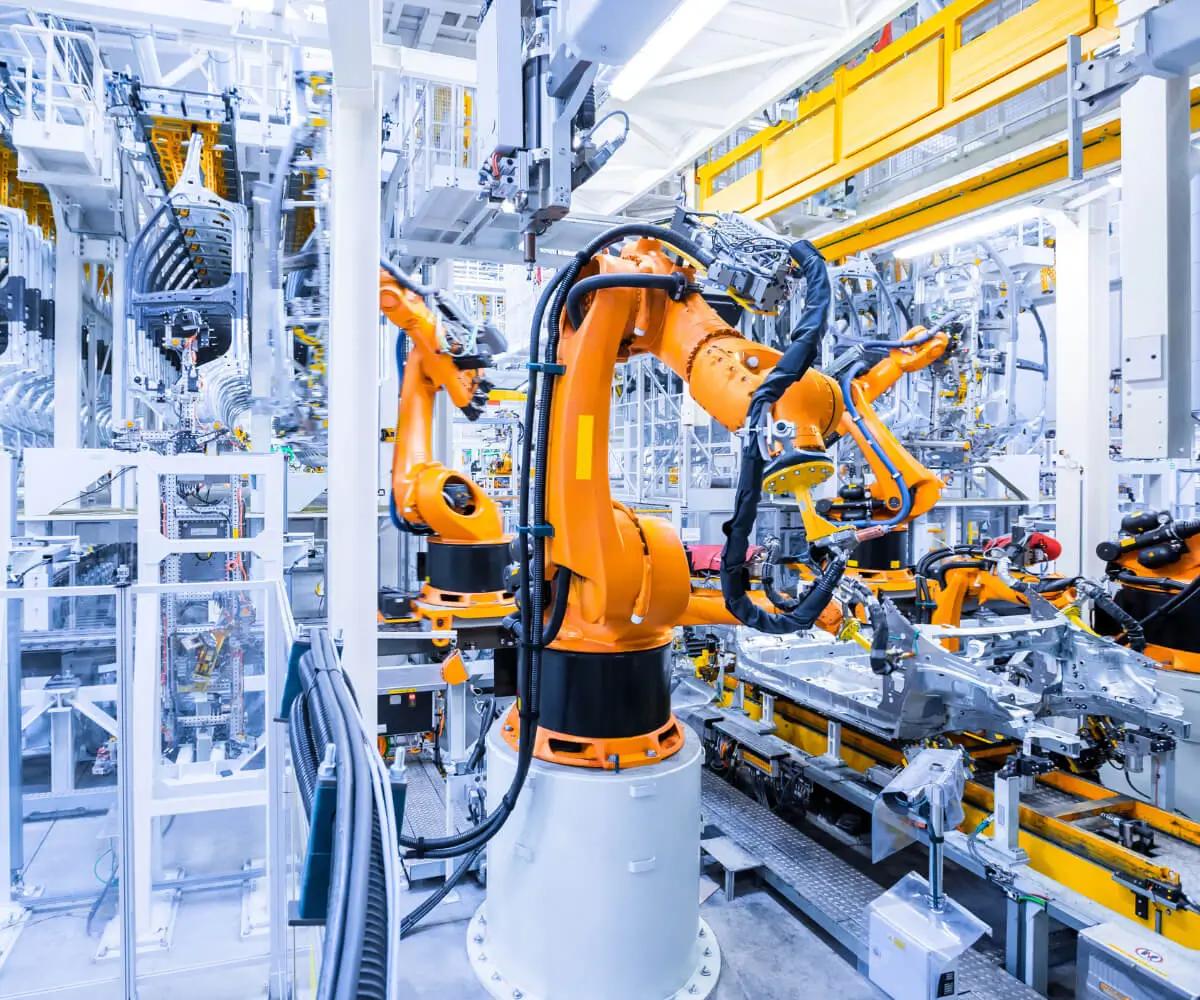Unlocking the Power of Precision: A Comprehensive Guide to Servo Motor Arduino Circuit Diagrams
In the vibrant world of electronics and robotics, few components spark imagination as much as the humble servo motor. From animating robotic arms to automated camera systems, servo motors bridge the gap between digital commands and real-world motion. When connected to a microcontroller like Arduino, they become powerful tools for creating interactive, precise, and automated devices.

What is a servo motor, and why use it?
At its core, a servo motor is a rotary actuator that allows for precise control of angular position, often within a 0 to 180-degree range. Unlike simple DC motors, which spin continuously when powered, servo motors incorporate built-in feedback systems and control circuitry, enabling exact position control. This makes them ideal for applications requiring accuracy, such as robotics, remote-controlled vehicles, and automation projects.
Understanding Arduino and its compatibility
Arduino, an open-source microcontroller platform, offers an accessible entry point into electronics and programming. With its variety of boards, from Uno to Mega, Arduino simplifies managing multiple components, including servo motors. Its straightforward programming environment makes it easy for beginners and experts alike to develop complex systems.
Getting started with a basic servo motor circuit
Before diving into complex automation, understanding the components and their connections is essential. When building a simple servo control circuit, you typically need:
Arduino Board (e.g., Arduino Uno) Servo Motor (e.g., SG90 or MG996R) Power Supply (often 5V, matching Arduino output) Connecting Wires Breadboard (optional, for testing)
The fundamental circuit diagram
The core connection involves three primary pins on a typical servo motor:
Power (Vcc): Connect to 5V supply Ground (GND): Connect to GND of Arduino Control Signal: Connect to a PWM-capable digital pin on Arduino (e.g., D9)
This simple wiring enables the Arduino to send PWM signals that control the position of the servo motor.
Safety tips and considerations
While building your circuit, ensure:
Power supply matches servo motor specifications Avoid drawing excessive current directly from Arduino pins Use a separate power source for high-torque servos when necessary Add a common ground between the Arduino and power supply for proper signal reference
Dive Deeper: Expanding Your Servo Motor Arduino Circuit Diagram Knowledge
Now that you’re familiar with the basic wiring, it's time to explore more sophisticated circuit configurations, control schemes, and project ideas that push the envelope of what your servo motors can accomplish.
Adding multiple servos
Many advanced projects rely on controlling several servo motors simultaneously—think of robotic arms with multiple joints or multi-axial camera gimbals. In such scenarios, the circuit diagram expands horizontally:
Each servo connects to the Arduino’s PWM output pin All servos share a common ground and power supply To prevent power dips, use an external 5V regulated power source, especially with multiple high-torque servos
Power considerations
Powering multiple servos from the Arduino’s 5V pin is usually unwise—it can cause voltage drops and instability. Instead, use:
A dedicated 5V power supply with sufficient current capacity Proper wiring with thick gauge wires for higher current paths Capacitors (e.g., 1000μF) across power lines to suppress voltage spikes during rapid servo movements
Modeling a typical servo circuit diagram
A detailed diagram includes:
The Arduino board with labeled PWM pins Each servo motor with Vcc connected to +5V (via external supply) GNDs connected together Signal wires from PWM pins to servo control pins Auxiliary components like capacitors, resistors for noise filtering, or current limiting if needed
Controlling servos via code
The circuit is only half the story—here's where programming shines. Using Arduino IDE’s built-in Servo library simplifies control:
#include Servo myServo; void setup() { myServo.attach(9); // Connect servo signal to pin 9 } void loop() { for (int pos = 0; pos <= 180; pos += 1) { // Sweep from 0 to 180 myServo.write(pos); delay(15); } for (int pos = 180; pos >= 0; pos -= 1) { // Back myServo.write(pos); delay(15); } }
This code initializes the servo, then smoothly moves it back and forth.
Incorporating sensors and feedback
For more advanced control, such as a robotic arm aligning with object position, integrate sensors (ultrasound, IR, IMU). Connect sensor outputs to Arduino pins, process the data, and modify servo commands dynamically — leading to intelligent, responsive mechanical systems.
Troubleshooting common issues
Servo jitter or not moving: check power supply, wiring, and code Unresponsive servo: ensure signal pin is PWM-capable Noise or erratic movement: add capacitors, confirm ground connections Overheating motors: avoid stalling or overloading
Project ideas to inspire
Robotic arm: with multiple servos controlling joints Pan-tilt camera system: with servo-driven rotation and tilt Automated door or latch: using servo for actuation Articulated sculpture: synchronized servo movements for aesthetic effect
Expanding beyond basic circuits
Once comfortable, explore PWM signal customization for finer control, integrating Bluetooth modules for remote operation, or combining servos with motor drivers for hybrid movement.
In summary,
Mapping out your servo motor Arduino circuit diagram is both an art and a science. It begins with understanding the core components, wiring carefully, and then transforming those basic circuits into interconnected systems that breathe life into your ideas.
The magic truly happens when you marry these hardware layouts with smart programming and sensors, elevating your projects from simple demonstrations to complex, responsive creations. Whether you're building a robotic arm, a camera gimbal, or just tinkering to learn, mastering circuit diagrams and control strategies unlock limitless possibilities in the world of automation and robotics.
Leveraging innovations in modular drive technology, Kpower integrates high-performance motors, precision reducers, and multi-protocol control systems to provide efficient and customized smart drive system solutions.




































